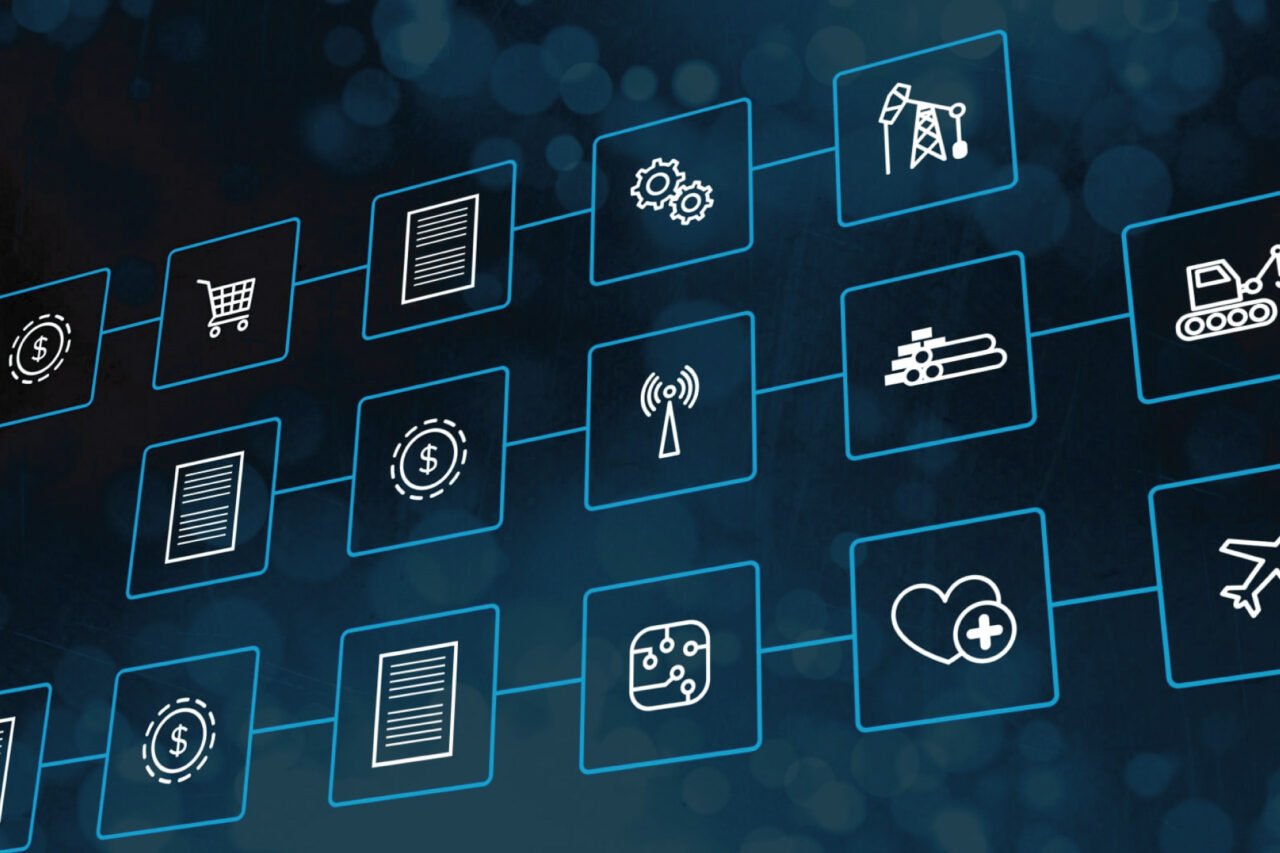The financial and other allied services have witnessed technological advancements at crucial stages. These enhancements have enriched customer experiences and satisfaction through dedicated services. The financial sector has spread in the markets, unlike other businesses. However, there were loopholes in online banking facilities which led to increasing fraud.
Since the inception of banking services, there arose various transaction channels. However, there was less assurance about the transaction being successful. It increased fear among customers, which led to less reliance on the banking personnel. In the era of offline banking, there was no channel assuring transparency in transactions and increasing the probability of fraud.
Banking and Blockchain
In the times of online banking services, banks are taking care of the fact to generate statements. It helps in maintaining written records with the customer and the bank. It enables swift transactions, and the customer is informed about additional banking services. These systems have made the financial sector efficient and improved employee productivity.
The blockchain concept is a tech storing transactions on a public tech on several databases. These databases are connected through nodes.
Transparency
Banking services ushered in blockchain technology to bring transparency to transactions. This tech enables banking and the non-banking sector to enhance customer satisfaction. Moreover, it enhanced customer reach on all grounds.
The demand for tech in cryptocurrency rose with the transparency in transactions. It enabled fair dealings on all grounds and enhanced authenticity. These transactions are authorized with digital signatures adding evidence of authenticity and preventing it from tampering.
The implementation of blockchain is crucial for businesses. The reason rests on faster processing of transactions.
The working of blockchain
As this tech is gaining popularity, businesses are implementing it on a large scale. But have you ever wondered how the tech works?
It contains private and public keys to perform transactions between two parties. Each of the parties has to produce evidence for a digital identity reference. Digital identity is an aspect of blockchain technology. In the cryptocurrency space, this identity is a digital signature for authentication.
The digital signature is merged with a network for a consensus for a transaction among other issues. The deal has to pass through a captcha as a mathematical verification as evidence of a successful transaction.
Keeping in mind the banking and cryptocurrency aspects, the four types of blockchains came into the picture:
1. Public Blockchains
They allow anyone to join and are decentralized. The nodes connected allow users to access data and facilitate the creation of new data blocks.
2. Private (or Managed) Blockchains
They are also called managed blockchains. In this type, the authority determines who can be a node. They are partially decentralized as public access to these nodes is restricted.
3. Consortium Blockchains
They are blockchains that require permissions being governed by organizations. They are more decentralized than private blockchains and have higher security.
4. Hybrid blockchains
They are controlled by a single organization, with an extra layer of monitoring by a public blockchain. This validation is necessary for certain transactions.
The Final Word
Blockchain is a digital ledger for cryptocurrency transactions. Focusing on the types, blockchains can be governed by organizations or certain authorities to give access to transactions. For making the cryptocurrency safer for trading as a future currency, blockchain needs to be equipped with the required security and validations.

